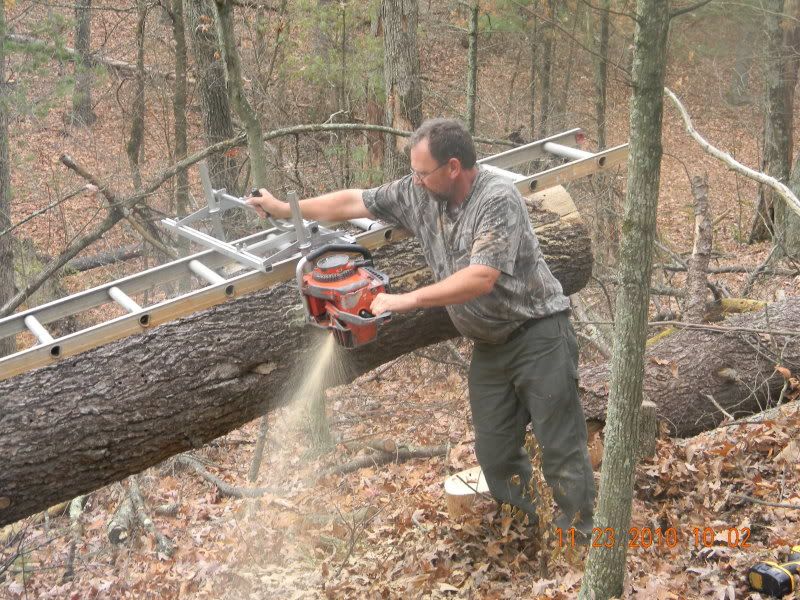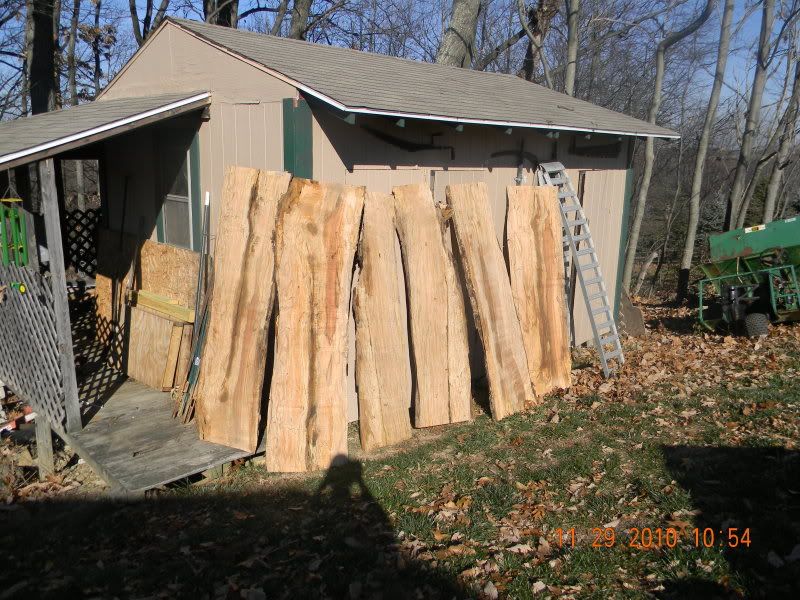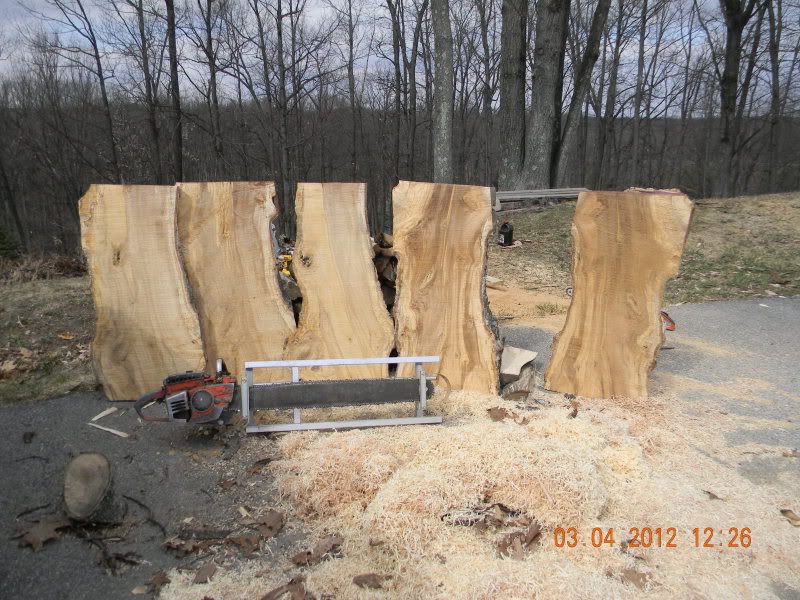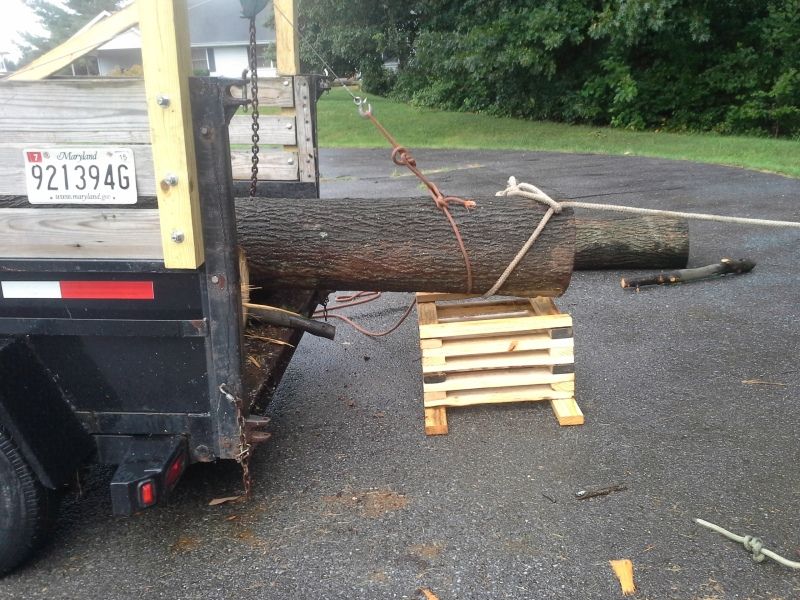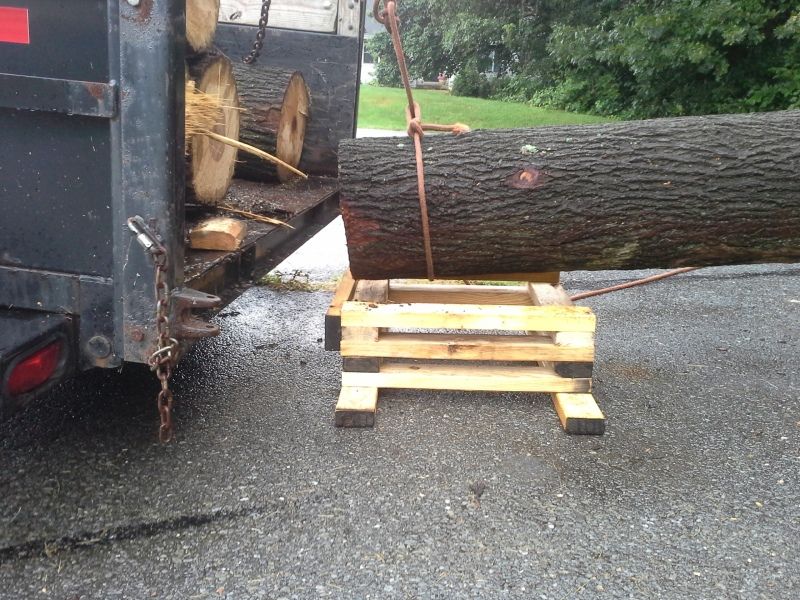cleb
ArboristSite Member
I am looking to get into chainsaw milling some of the trees on our 50 acre wood lot... I have a Stihl 034av with a 18 inch bar and a Dolmar 116si with a 20 inch bar but was thinking those would be to small....
A friend has a Homelite 1050 auto that runs that he's looking to get rid of... anyone use one for milling? Any pluses or minuses to them? things to check or know about? never run a saw over 70cc's or milled so this is all new to me...
The homelite has a 24 inch bar so I'd probably be hunting around for a 36+ bar eventually... looking to get an alaskan mill... most of the trees would be in the 2-3 foot range...
thanks
A friend has a Homelite 1050 auto that runs that he's looking to get rid of... anyone use one for milling? Any pluses or minuses to them? things to check or know about? never run a saw over 70cc's or milled so this is all new to me...
The homelite has a 24 inch bar so I'd probably be hunting around for a 36+ bar eventually... looking to get an alaskan mill... most of the trees would be in the 2-3 foot range...
thanks





